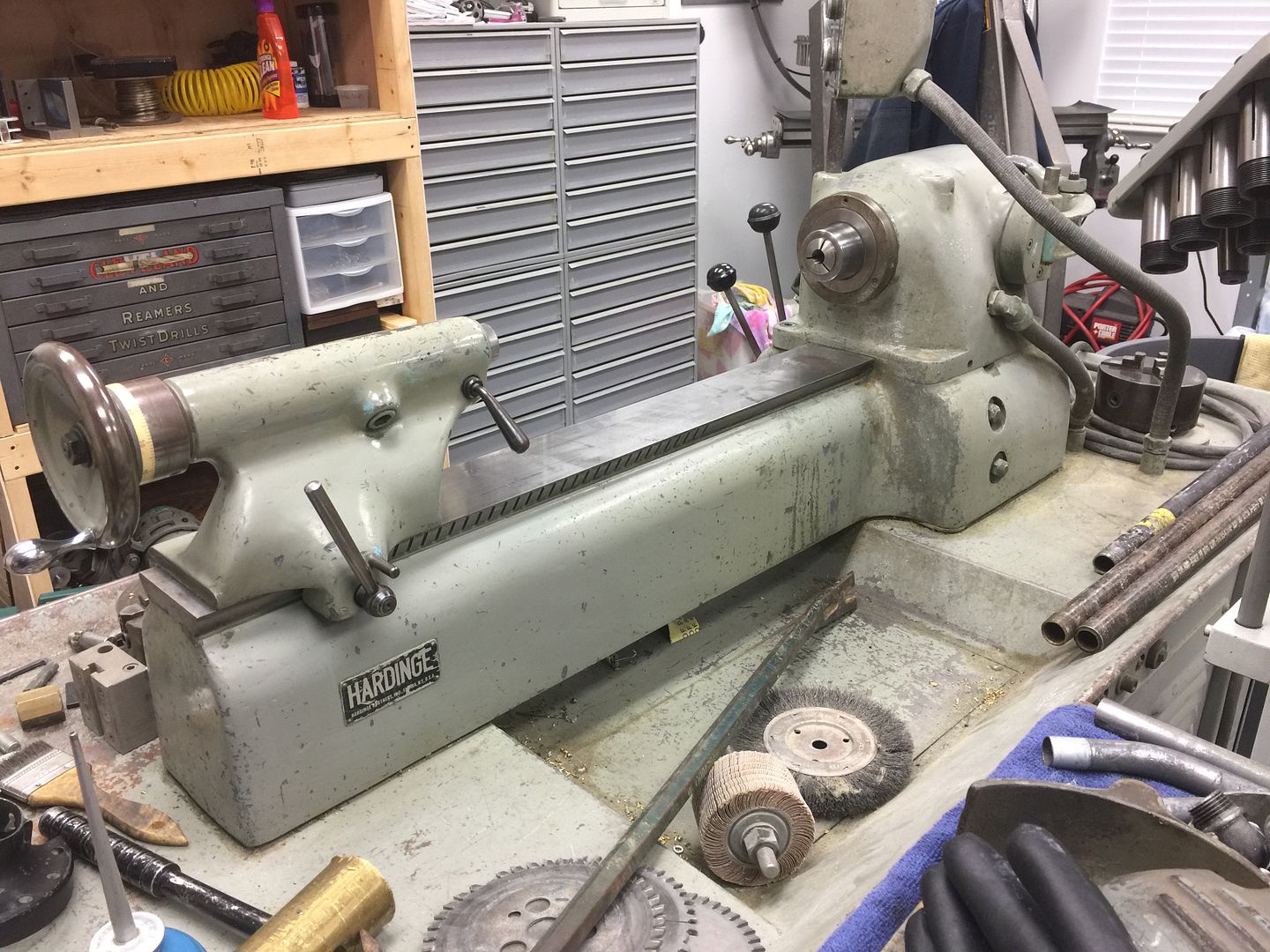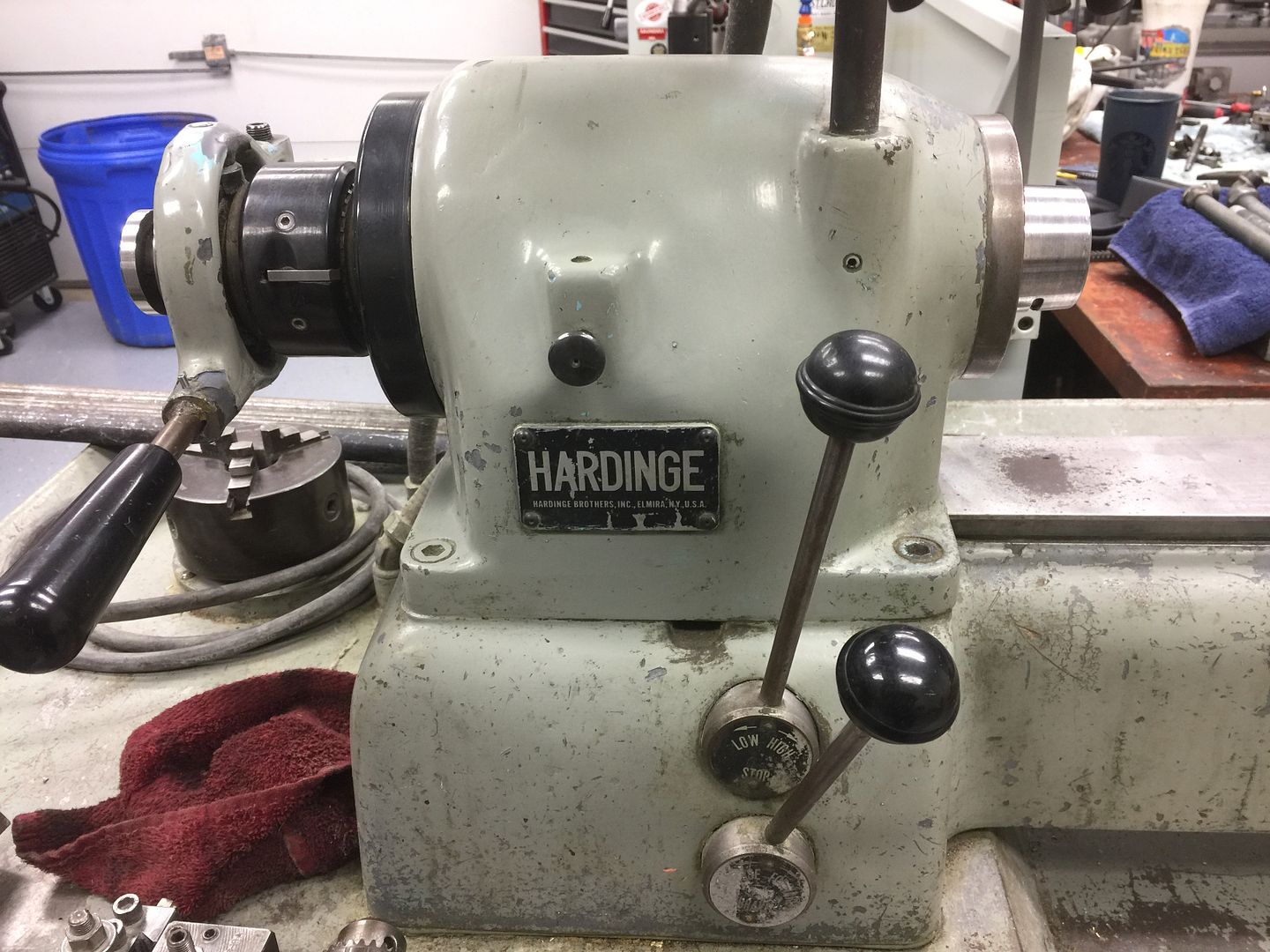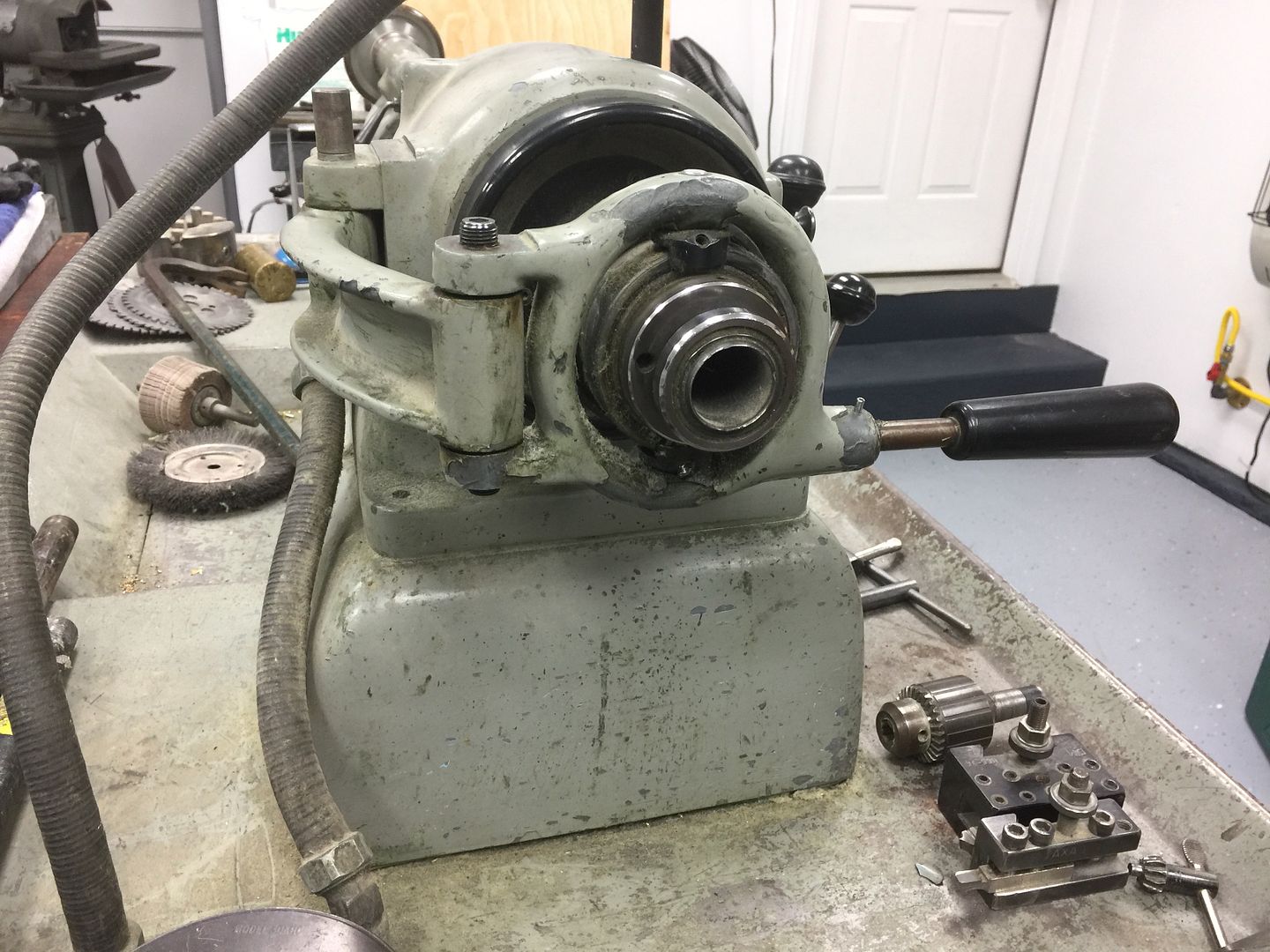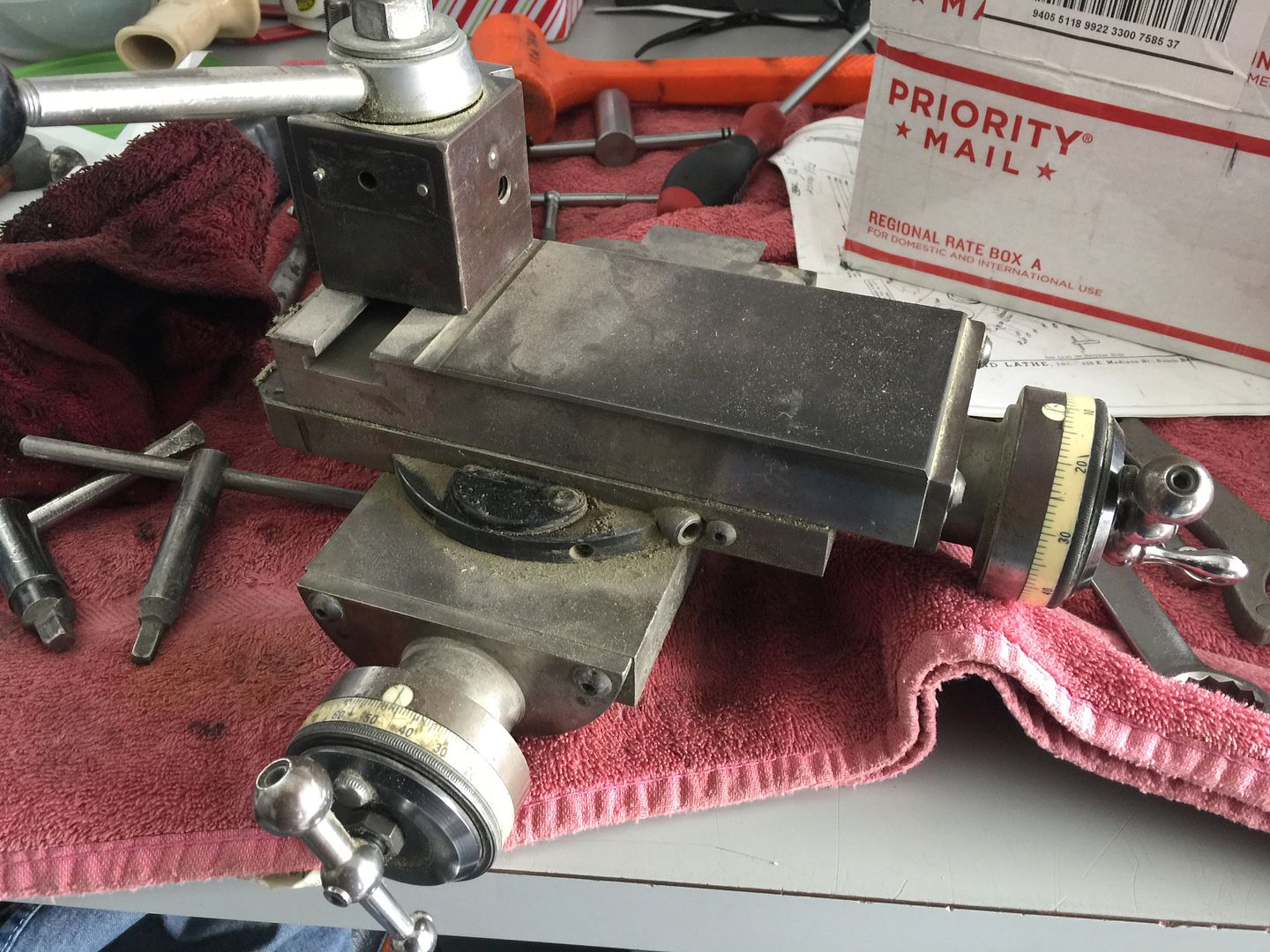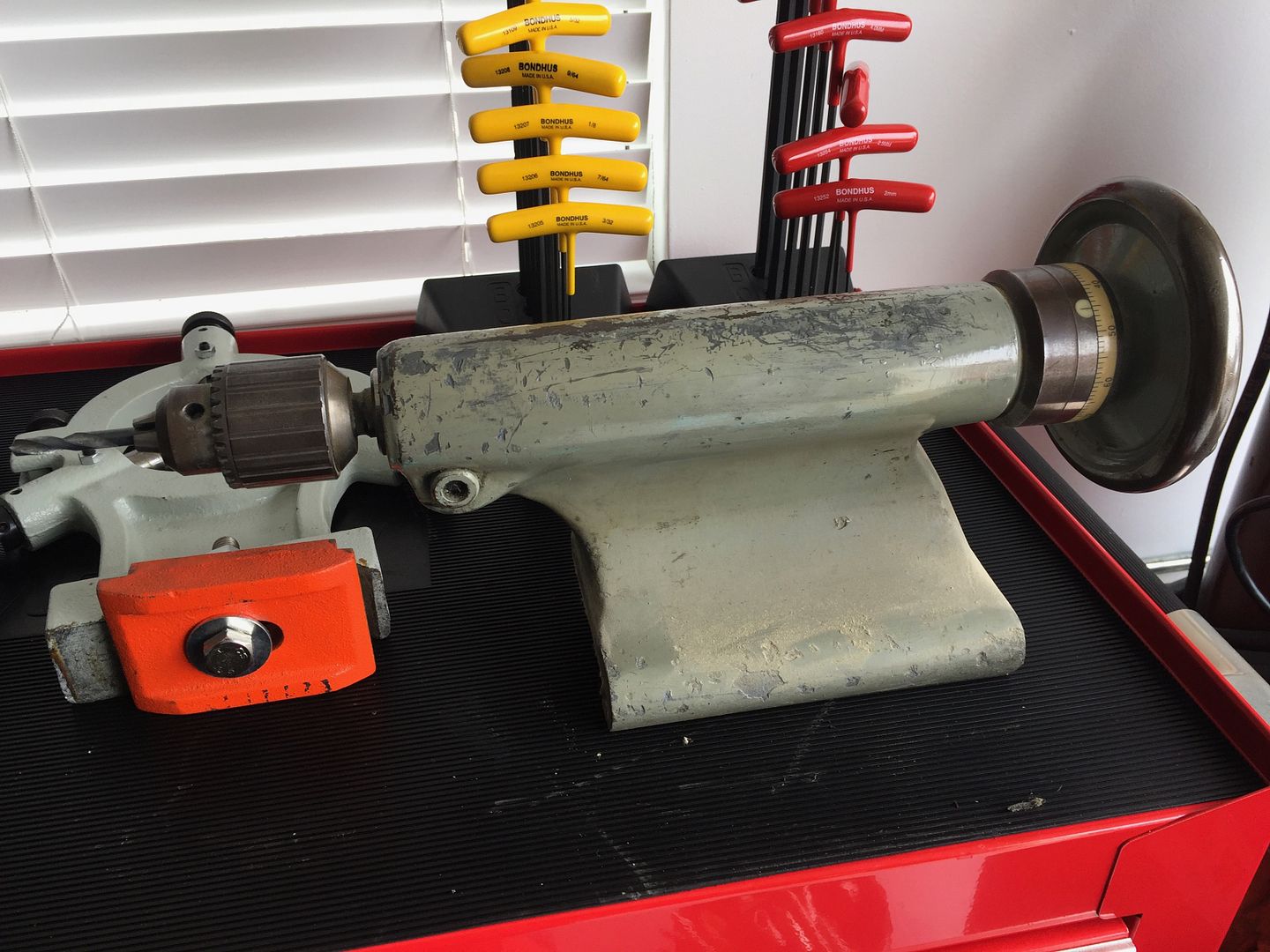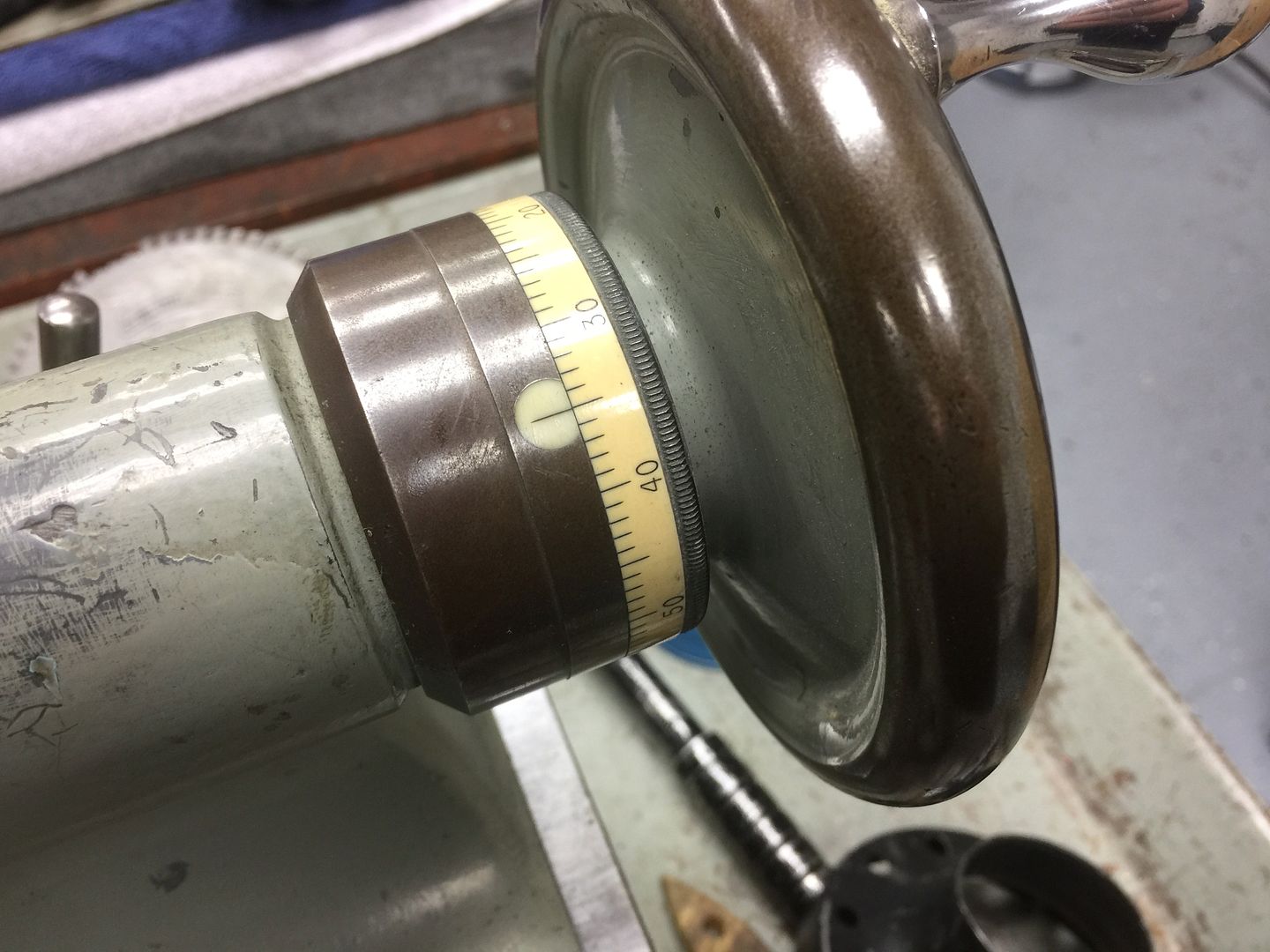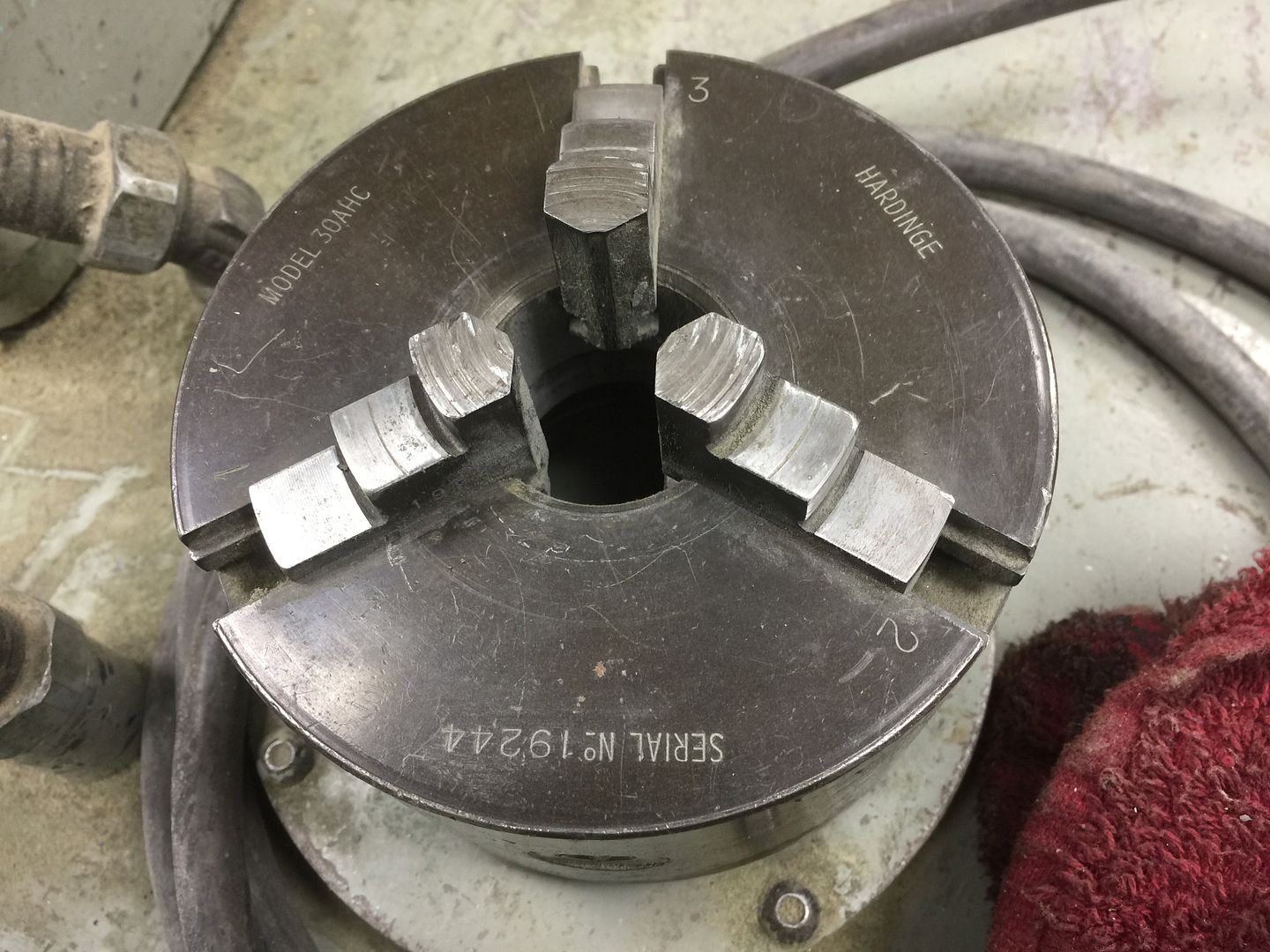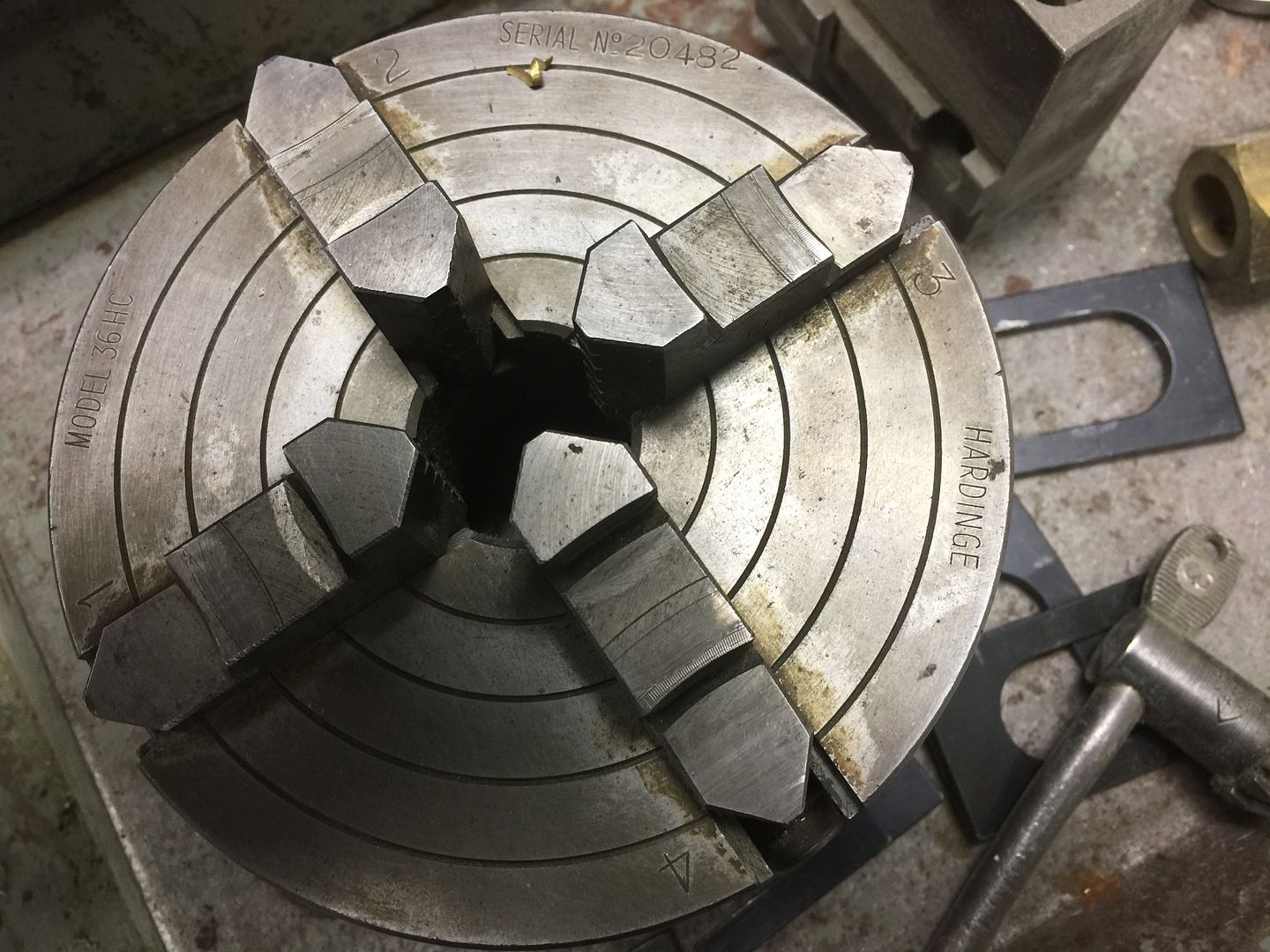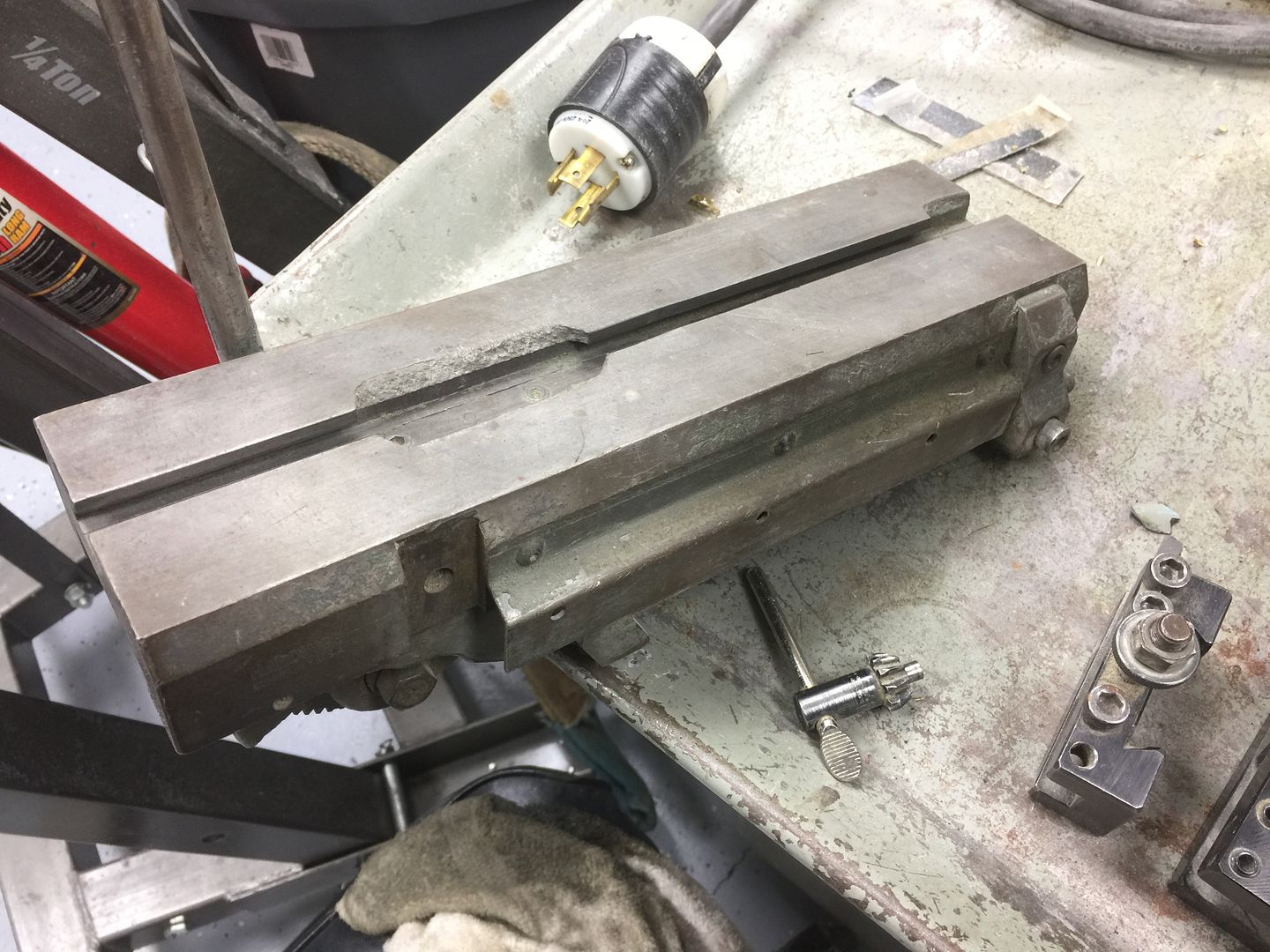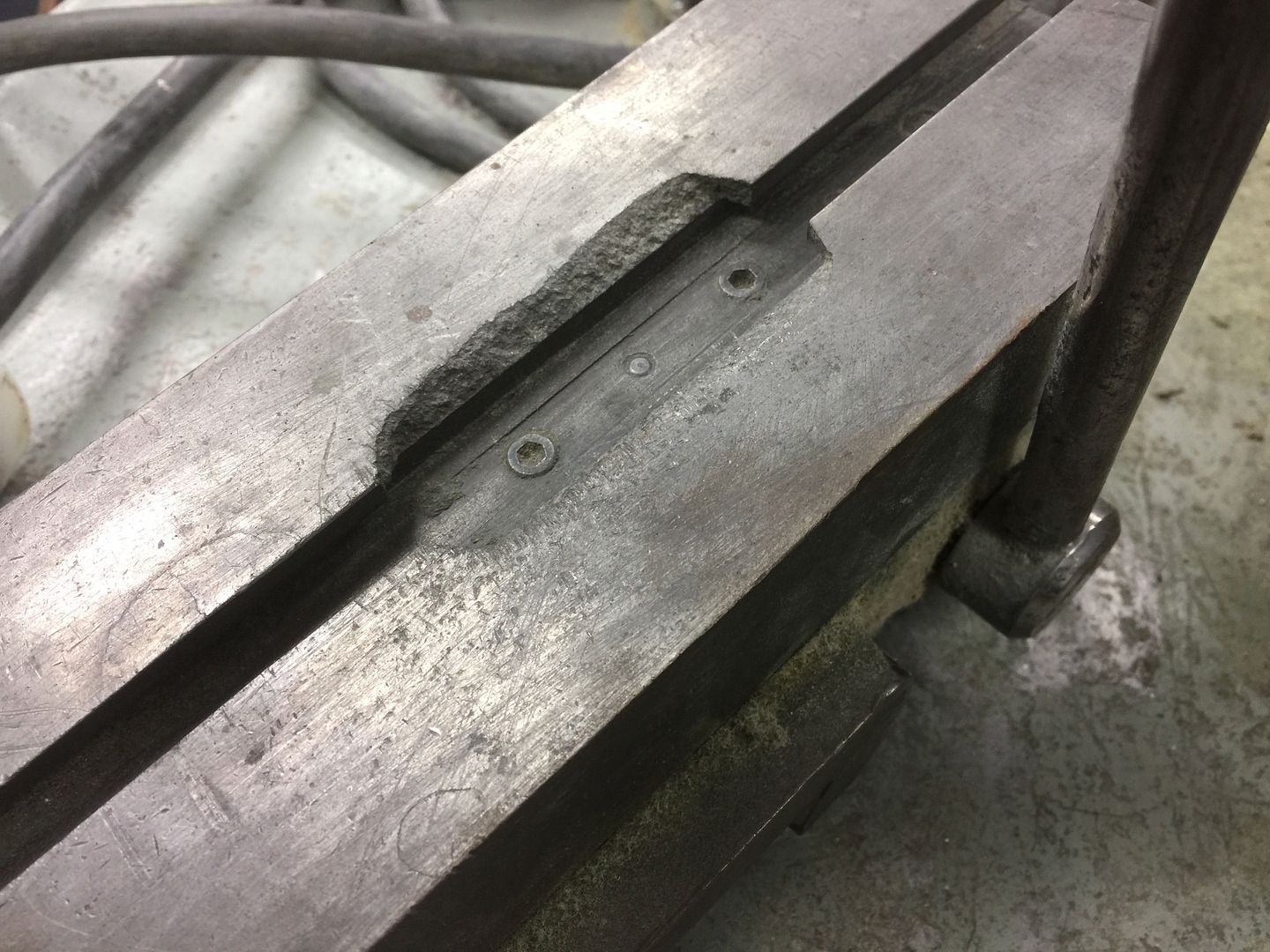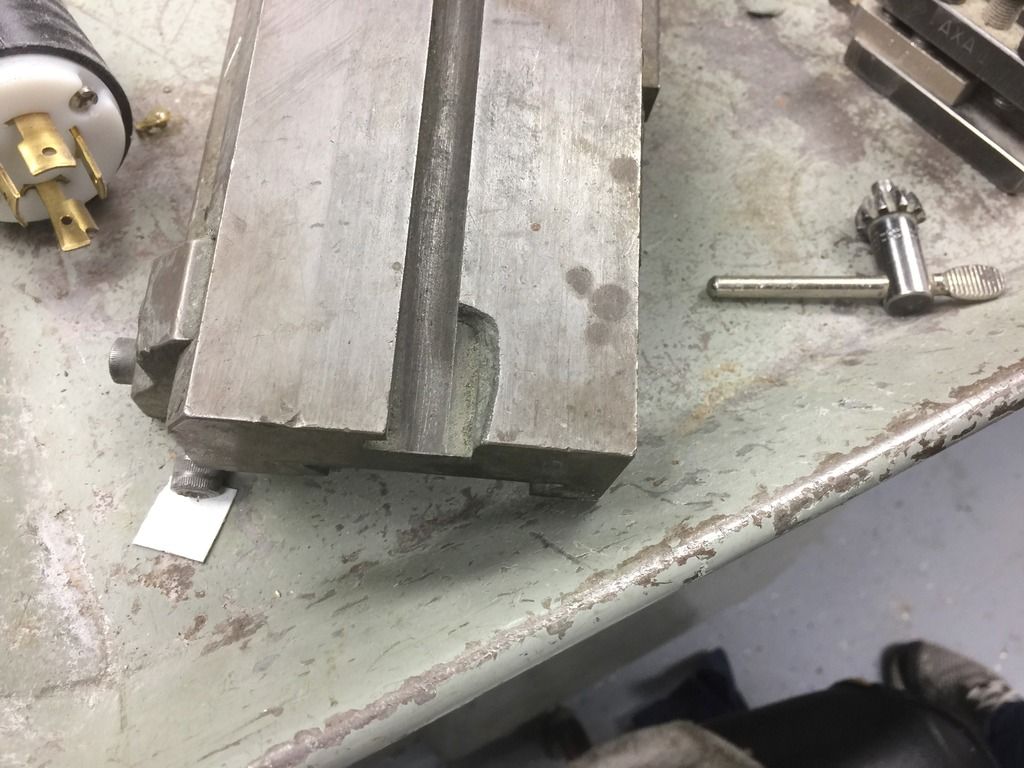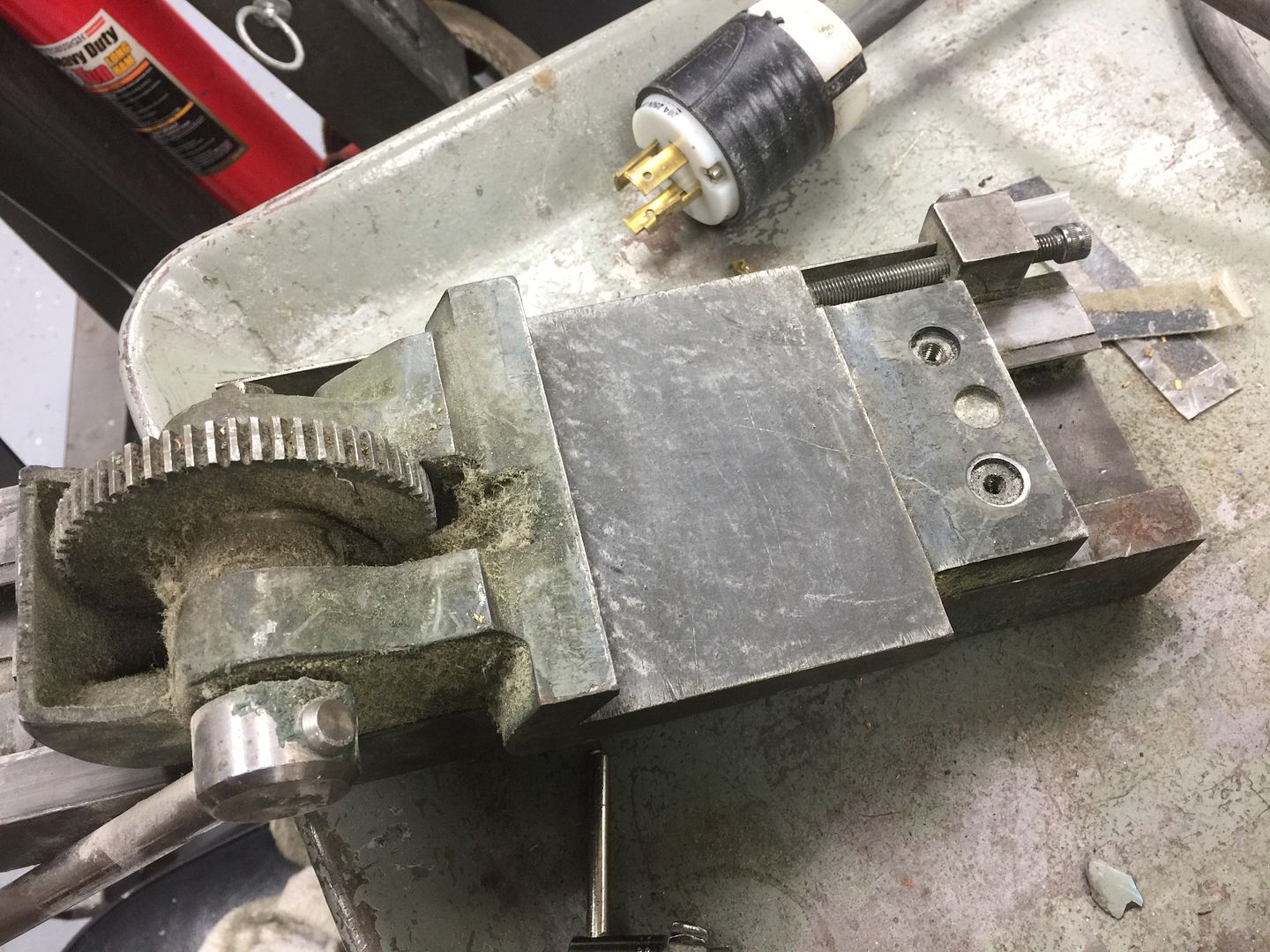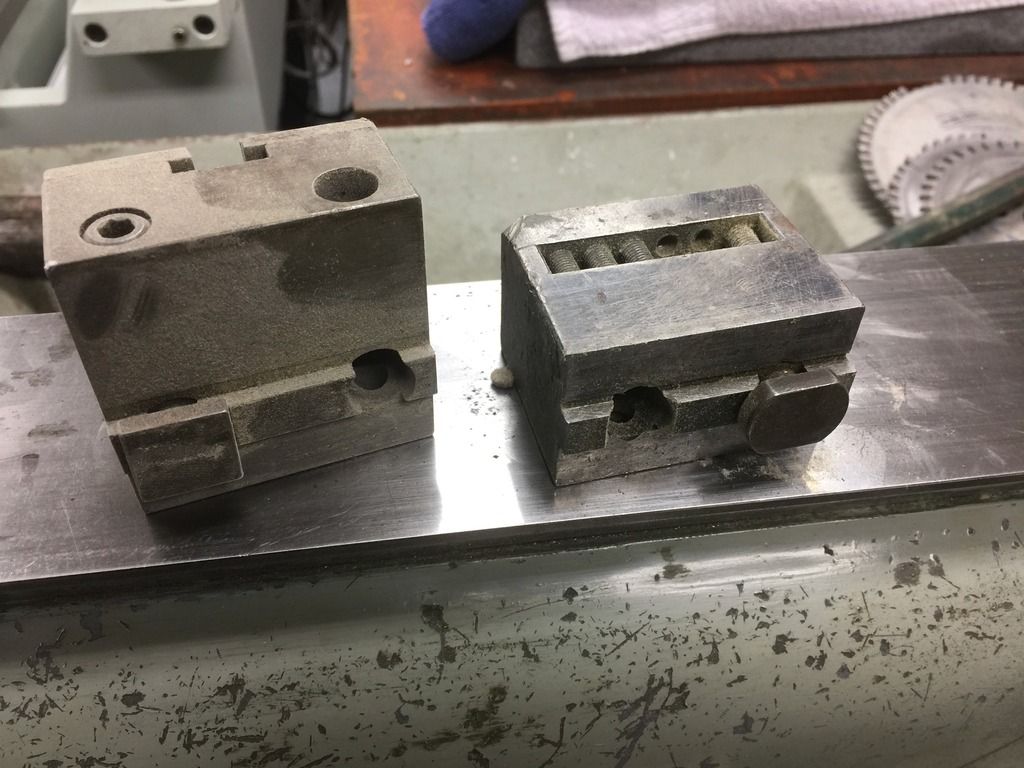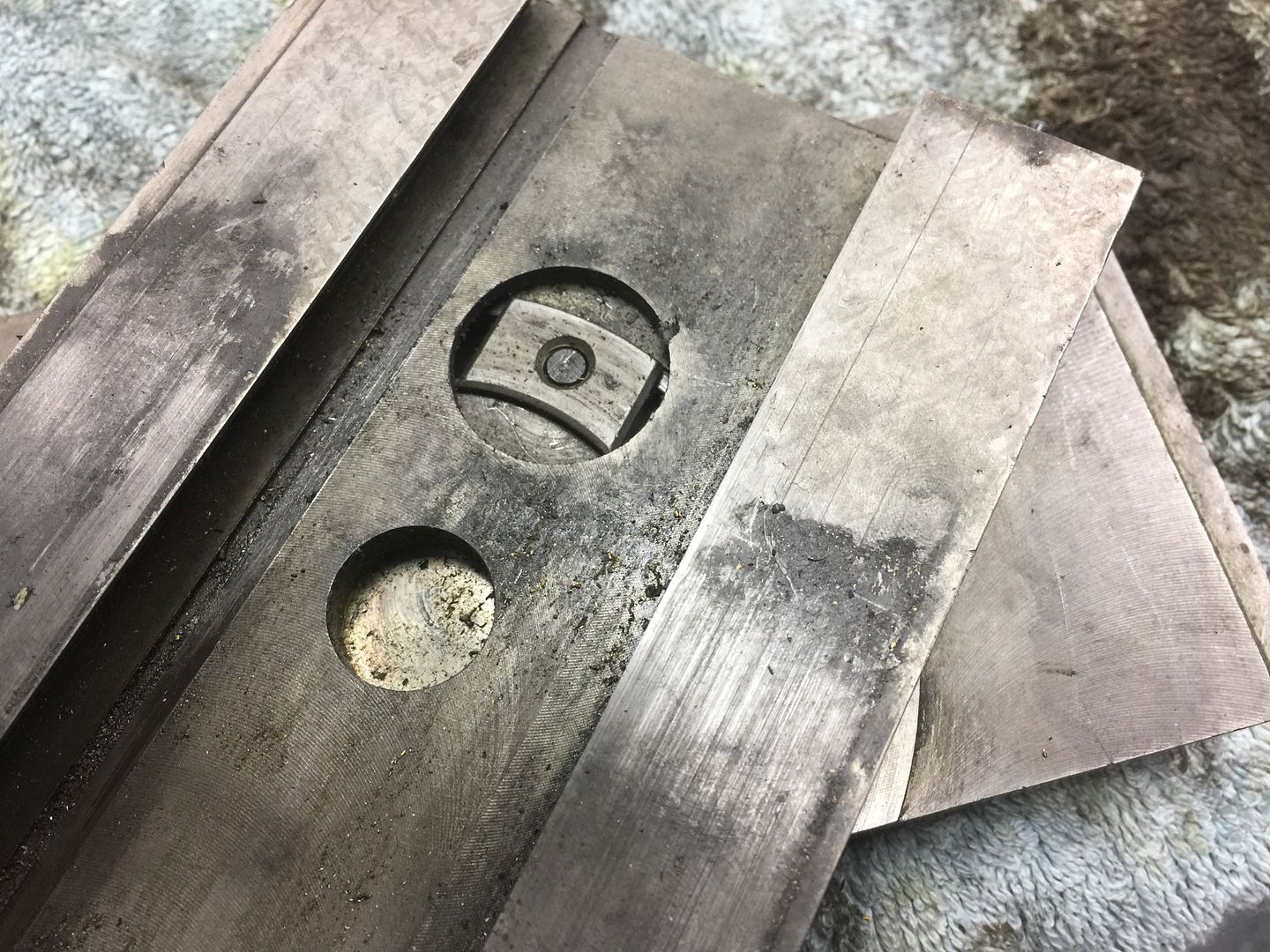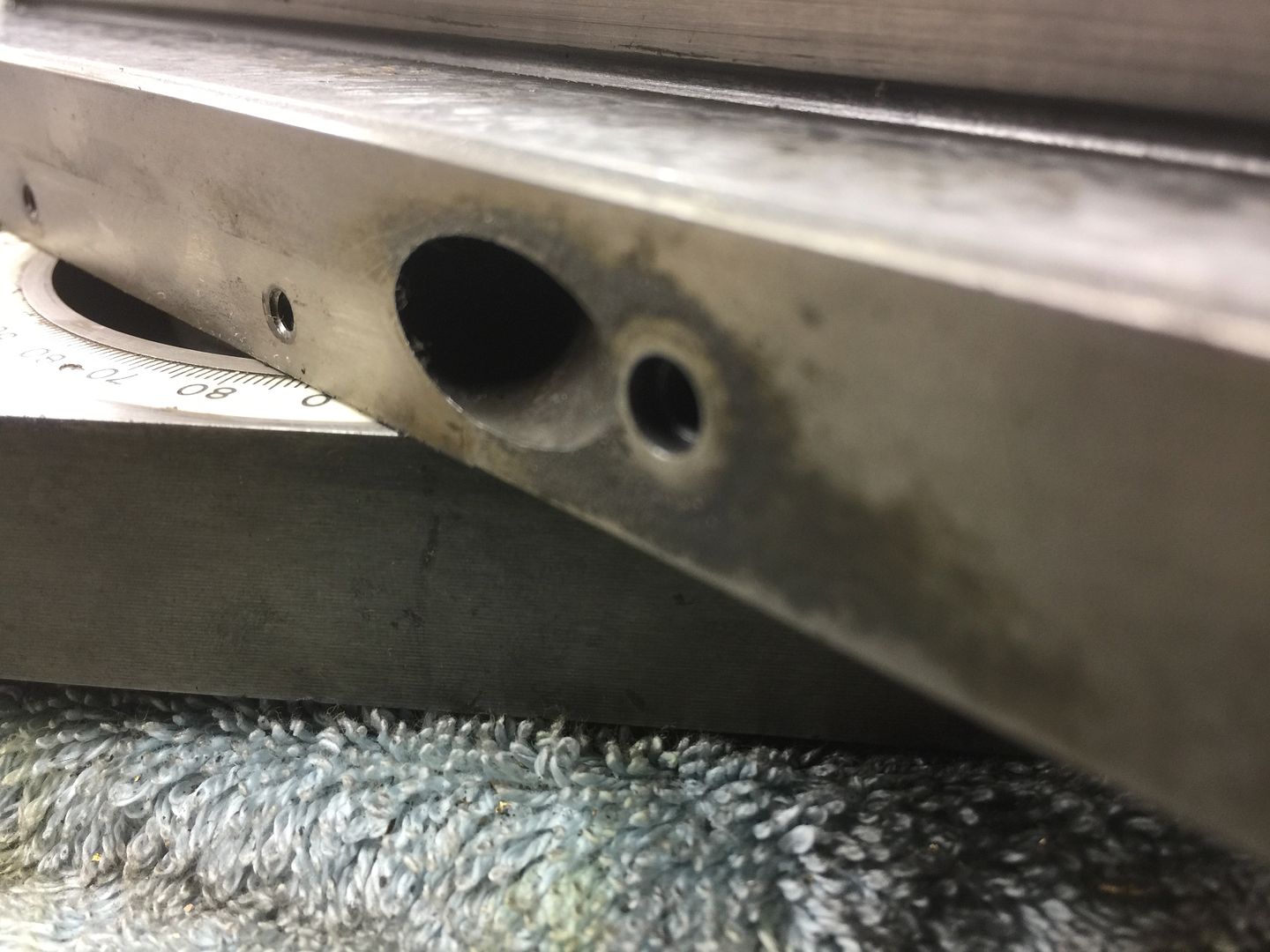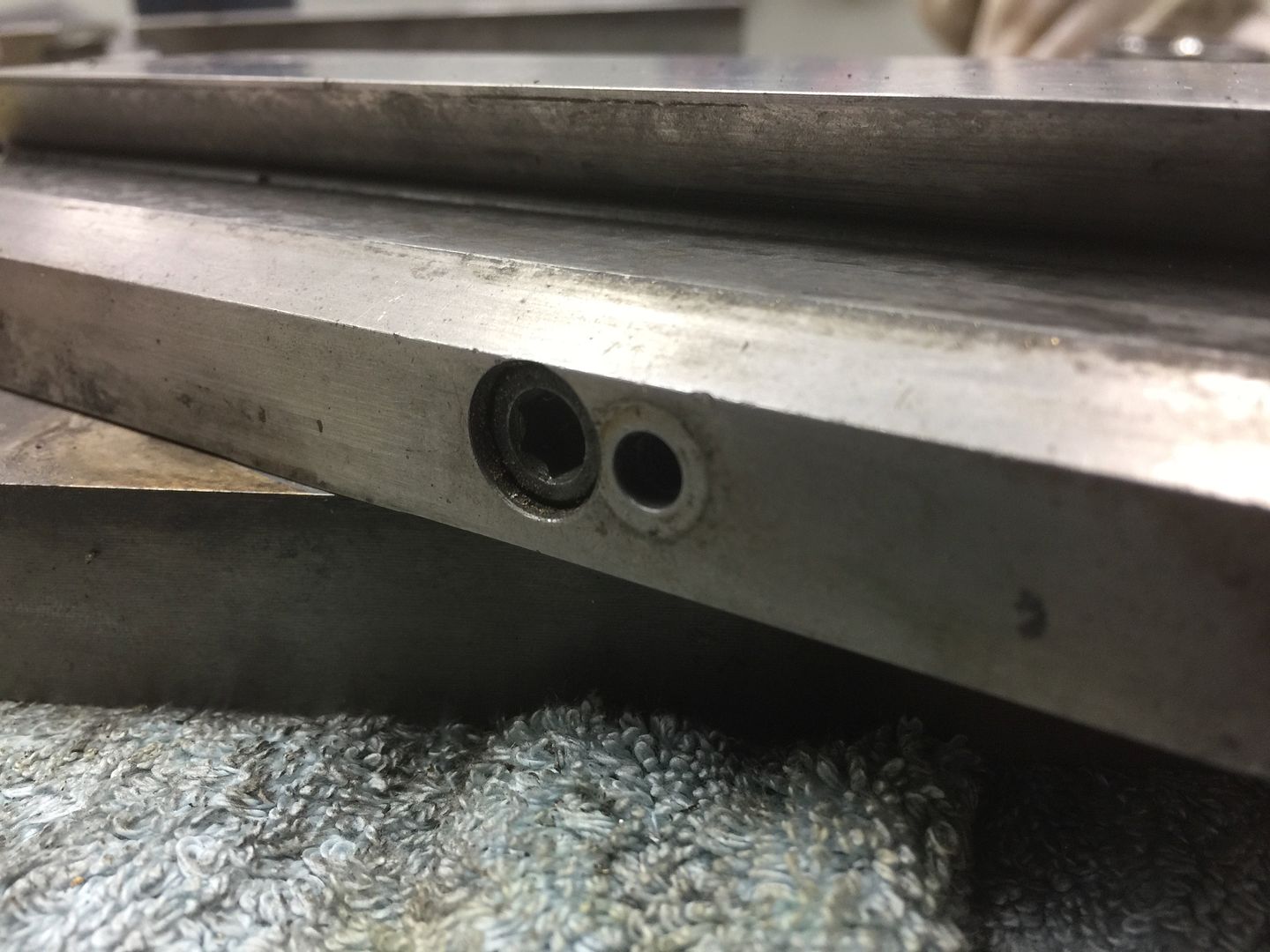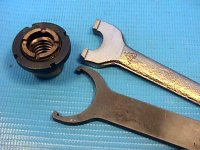bradjacob
Titanium
- Joined
- Nov 18, 2008
- Location
- Easton, PA
Hi all -
I just bought a decent DV59.
I plan to buy a turret and cross slide for it, so it'll be a "DVSM"-59 (haha)
I have 3 questions for the hardinge experts:
1. Was taking apart the compound dials and got it all disassembled, EXCEPT for the compound. Everything is removed, except for the two castings, they're held by two binder clamps, that I can not figure out how to remove. Anyone know how to do this?
2. Does hardinge sell new lead screws or nuts?
3. How do I find the serial number and date the machine?
I'm VERY happy to be a new member of the Hardinge owners family
I just bought a decent DV59.
I plan to buy a turret and cross slide for it, so it'll be a "DVSM"-59 (haha)
I have 3 questions for the hardinge experts:
1. Was taking apart the compound dials and got it all disassembled, EXCEPT for the compound. Everything is removed, except for the two castings, they're held by two binder clamps, that I can not figure out how to remove. Anyone know how to do this?
2. Does hardinge sell new lead screws or nuts?
3. How do I find the serial number and date the machine?
I'm VERY happy to be a new member of the Hardinge owners family





